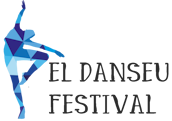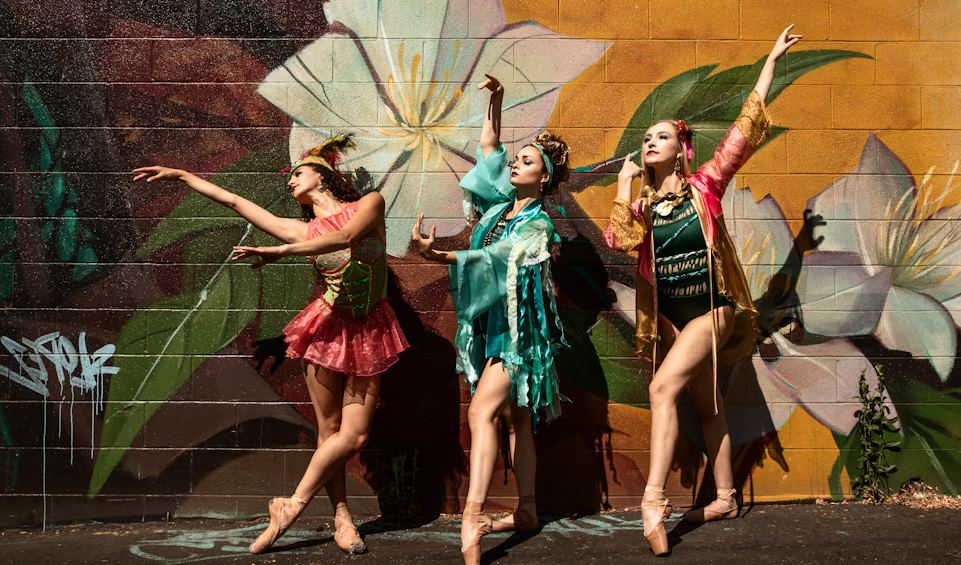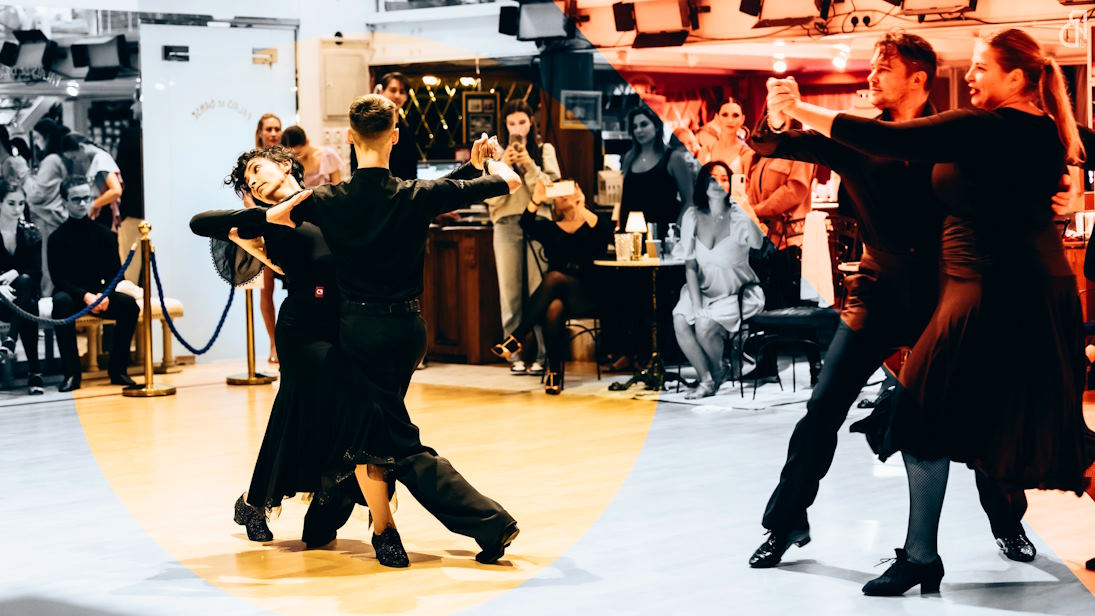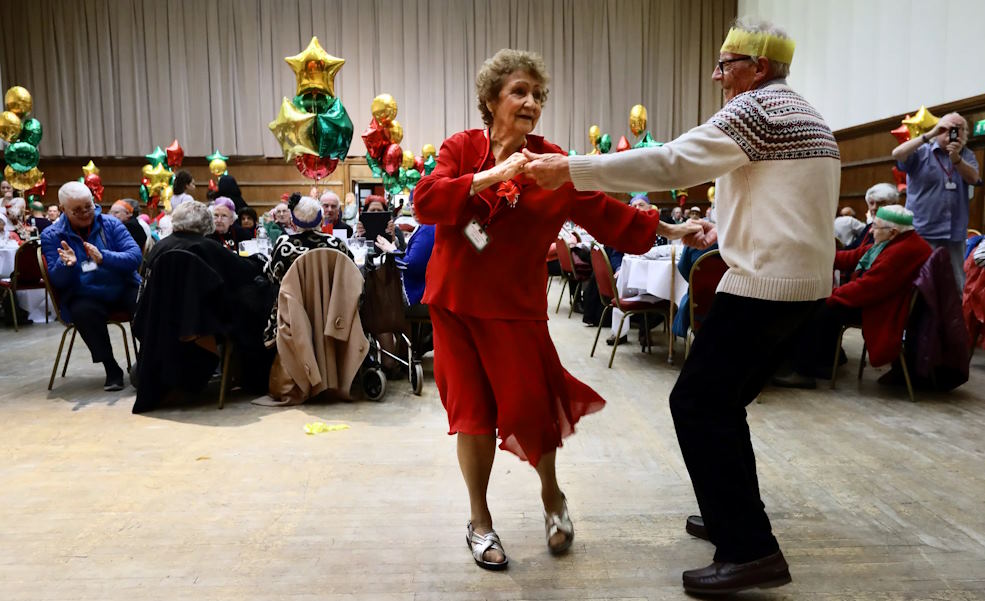Amidst the footlights and applause, dance events reveal a unique facet of the dance realm, where talent meets opportunity, and innovation meets tradition. The professional dancer’s journey is punctuated by these events, offering a platform for showcasing their skills, forging connections with peers, and honing their abilities across a spectrum of dance styles. Meanwhile, choreographers harness these gatherings to experiment with creative boundaries, translate their visions into mesmerizing routines, and gain the recognition they deserve. Yet, beyond the spotlight, there are challenges and struggles, physical and emotional, that dancers and choreographers must navigate.
The Professional Dancer’s Perspective
The Significance of Performance Opportunities
- Exposure to a Wider Audience
One cannot overstate the importance of performance opportunities in the life of a professional dancer. Dance events offer a unique stage where artists can showcase their talents to a broader audience, far beyond the confines of their usual studios or theaters. The thrill of performing in front of a diverse crowd provides exposure that can catapult careers to new heights. It’s a chance to touch hearts, inspire, and leave a lasting impact on spectators who may not have otherwise encountered your artistry. The energy and connection between dancer and audience during these moments are electric, creating memories that last a lifetime.
- Networking and Collaboration Opportunities
Dance events are also hubs of creativity and collaboration. They bring together dancers, choreographers, and industry professionals from various backgrounds and styles. Networking at these events is a vital part of a dancer’s journey, as it opens doors to future collaborations, job opportunities, and invaluable mentorships. The exchange of ideas and experiences with peers fosters growth and pushes the boundaries of one’s artistic endeavors. It’s in these connections that dancers often find their next big break or the inspiration to embark on new creative ventures.
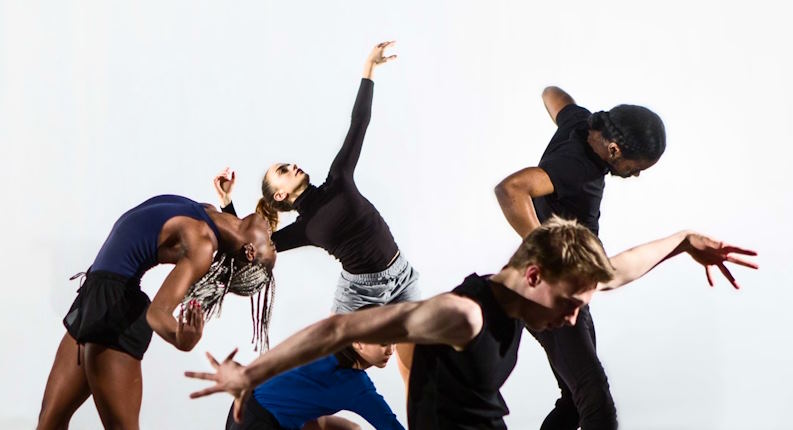
The Physical and Mental Challenges of Dance Events
- Preparing for Demanding Routines
Dance events demand rigorous preparation. Dancers must push their physical boundaries to perfect their routines. The intensity of rehearsals, coupled with the pressure to deliver flawless performances, can be physically demanding. It requires a dedicated focus on technique, stamina, and discipline. The journey to a dance event is filled with sweat, determination, and countless hours of practice to ensure that when the moment arrives, every move is executed with precision.
- Handling Performance Anxiety and Stress
Mental fortitude is equally essential in the face of performance anxiety and stress. The pressure to excel on stage can be overwhelming. Dancers grapple with nerves, self-doubt, and the fear of making mistakes. Learning to manage this psychological challenge is an art in itself. Dance events serve as a training ground, teaching dancers how to harness that nervous energy and transform it into a powerful, electrifying presence on stage.
The Choreographer’s Perspective
Creating and Showcasing Original Choreography
- Choreographing for Specific Events
For choreographers, dance events are a canvas where they can craft and present their unique artistic visions. Choreographing for specific events allows them to tailor their work to the theme, audience, and ambiance of the occasion. This creative adaptability infuses each performance with a distinct flavor, making it a memorable experience for both the dancers and the audience. Choreographers relish the challenge of aligning their choreography with the event’s purpose, be it a cultural celebration, contemporary showcase, or classical ballet gala. The ability to translate their creativity into a choreographic masterpiece that resonates with the event’s context is a testament to their artistic prowess.
- The Creative Freedom of Dance Events
Dance events provide choreographers with unparalleled creative freedom. Unlike more rigid dance productions, these occasions often allow choreographers to experiment with unconventional concepts, explore uncharted movements, and take artistic risks. The absence of a strict narrative or thematic constraints liberates choreographers to craft works that reflect their deepest passions and visions. This unrestricted canvas not only challenges them to push the boundaries of their craft but also empowers them to produce groundbreaking pieces that captivate audiences and peers alike.
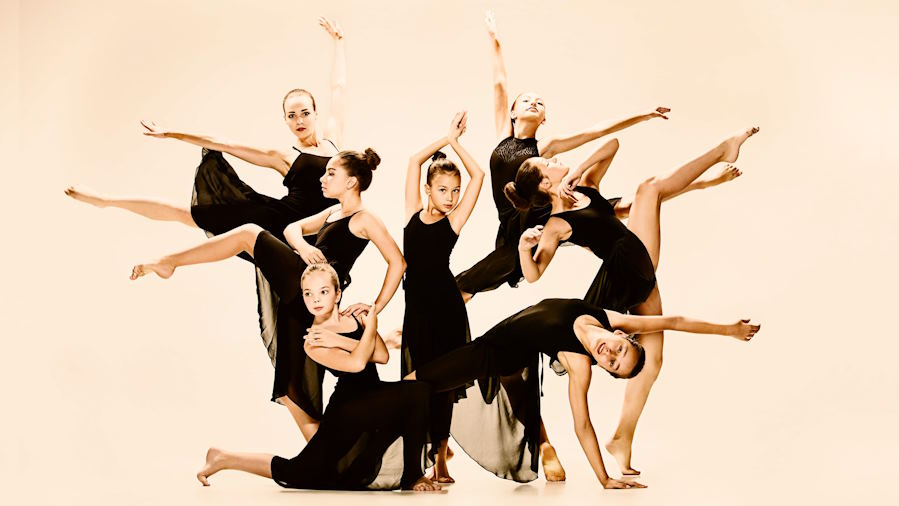
Collaborations and Innovation
- Working with Diverse Dancers and Styles
Collaboration lies at the heart of the choreographer’s experience during dance events. These gatherings bring together dancers from diverse backgrounds, each contributing their unique styles and skills. Choreographers relish the opportunity to work with this rich tapestry of talent, blending and harmonizing different techniques to create fusion masterpieces. This collaboration often leads to artistic cross-pollination, where choreographers learn from each other and the dancers they direct. The result is a vibrant spectrum of dance forms and a testimony to the dynamism of the art.
- Pushing Boundaries and Experimenting
In the pursuit of artistic innovation, choreographers at dance events are encouraged to explore the uncharted waters of dance. They break away from convention, experiment with unconventional movements, and pioneer new forms. The event atmosphere, characterized by its atmosphere of creativity and openness, nurtures a fertile ground for risk-taking. It is in this uncharted territory that choreographers often discover their most profound and inventive creations, pushing the boundaries of what dance can be.
